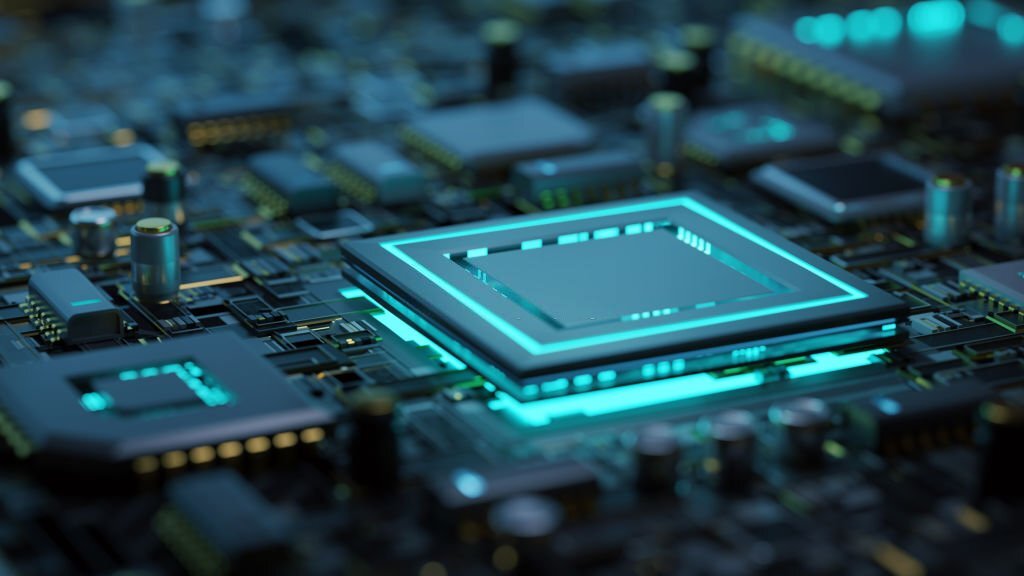A microprocessor is a central processing unit (CPU). It is an integrated circuit that contains the arithmetic logic unit (ALU), control unit, and registers. Microprocessors are the heart of modern computing systems, controlling various tasks and executing instructions to perform calculations, manage data, and control hardware components.
Here are some key points about microprocessors:
Components: A microprocessor consists of several key components, including:
Arithmetic Logic Unit (ALU): This is responsible for performing arithmetic operations (addition, subtraction, multiplication, division) and logical operations (AND, OR, NOT) on binary data.
Control Unit: The control unit manages the sequencing and execution of instructions. It interprets and decodes instructions fetched from memory and sends signals to other components to execute them.
Registers: These are small, fast memory locations within the microprocessor used to store data temporarily during processing.
Cache Memory: A small, high-speed memory that stores frequently accessed instructions and data, improving processing speed.
Instruction Set: Microprocessors follow a specific set of instructions that dictate how they operate. This set of instructions is known as the instruction set architecture (ISA). Different microprocessors might have different ISAs, which determine the operations they can perform.
Clock Speed: The clock speed of a microprocessor refers to the rate at which it executes instructions, typically measured in gigahertz (GHz). A higher clock speed generally indicates faster processing, but it’s important to note that other factors, such as the architecture and efficiency of the microprocessor, also influence overall performance.
Pipelining: Modern microprocessors often use a technique called pipelining to increase efficiency. This helps to maximize the utilization of the CPU’s resources.
Multicore Processors: Many modern microprocessors have multiple cores on a single chip. Each core is a separate processing unit capable of executing its own instructions. Multicore processors can handle multiple tasks simultaneously, improving overall system performance.
Integration: Over the years, microprocessors have become increasingly powerful and energy-efficient due to advances in manufacturing technology. The trend has been toward smaller process nodes, which allow for more transistors to be packed into a single chip, leading to greater computational power and efficiency.
Applications: Microprocessors are found in a wide range of devices beyond just personal computers, including smartphones, tablets, embedded systems, gaming consoles, networking equipment, medical devices, and more.
Moore’s Law: This observation, made by Gordon Moore, stated that the number of transistors on a microchip would double approximately every two years, leading to an exponential increase in processing power. While Moore’s Law has held true for many years, it has become increasingly challenging to maintain as transistors approach atomic scales.
Microarchitecture: This refers to the specific design and organization of a microprocessor’s internal components, which can greatly influence its performance and power efficiency.
Microprocessors have had a profound impact on society, enabling the development of faster and more capable computers and devices that have revolutionized industries, communication, and daily life.
